Mindfulness 101
What is Mindfulness?
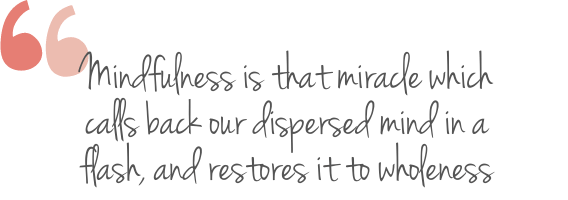
Many Views on Mindfulness
Mindfulness has most frequently been ascribed as a form of silent, disconnected meditation, but contemporary views are quite contrasting. According to Kabat-Zinn (1994), purposefully and consciously paying attention to an event, a thought or an emotion is a description of being mindful. In 2003, Baer described mindfulness to be an observation of a flowing stream, which contains the inside and outside events in the body and mind; without reacting to them.
Unfortunately, our responses to events in life occur so automatically, that we are unable to regulate the exaggerated attention on catastrophic outcomes. Our entire orientation towards life becomes flawed and this becomes our personality style or outlook. “This is who I am”, becomes an incessant defense. And mindlessness begins to define everything we do. It becomes our way of life.
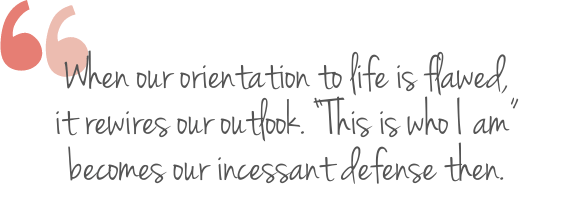
Mindfulness Tenet 1: Regulation of Attention
Imagine standing on a shoreline and observing the water flow. There are leaves, twigs, shells, pebbles, sand; even crabs. starfish and other little creatures passing you by. Envision a non-elaborative observation of each of these elements. None of them make too much of a difference to you. With each passing moment, there is a new element that crosses your eye.
You maintain complete attention on each of these, but you are able to switch your attention to the next crab, the following leaf, subsequent fish and consequent wave. All of this is intentional. You’re aware of each of these and your attention is smoothly shifting from one to another without reaction. This is a core tenet of mindfulness. Of being the inspector at the crime scene. Making observations but no conclusions, not yet. It allows you to “not react”.
Mindfulness Tenet 2: Orientation to Experience
Orientation is about seeking and conforming to context. When we’re oriented to person, place and time, we are aware of who we’re with, where we are and what that moment requires of us. Likewise, getting oriented to an experience means becoming contextually aware of it. And this cannot happen without the curiosity to know more, openness to absorb, and acceptance of what you learn through this process. This way you can experience the experience.
Now imagine yourself considering a roller coaster ride in an amusement park. You must have the curiosity to know what happens when you take the ride, be open to some adrenaline rush, and accept that you’ll only know the thrill once you have experienced it. If you spend all your time on researching the impact of roller coaster rides, and other people’s experiences, it will leave you confused. You’ll either be pre occupied with fear and apprehension, or if you choose to evade it, you’re suppressing that desire you had all along to be on that particular roller coaster. Mindfulness is about avoiding extreme preoccupation as well as thoughtless suppression of your emotions.
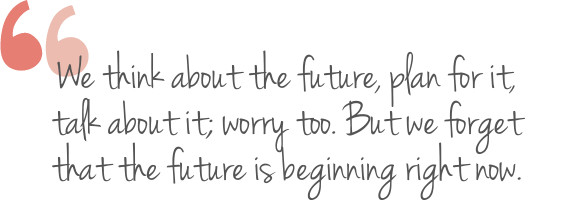
Mindfulness Tenet 3: Acceptance
Acceptance is about getting out of denial. It has nothing to do with passivity or resignation. Mindfulness is far from inaction; it is a highly engaging and active process. Acceptance helps terminate the struggle against all negative emotions by embracing them, and realizing that we alone can do something to make ourselves, our situation and our life better.
Like trees that pass you by when you drive on a forest road, all negative thoughts, emotions and experiences are part of your journey. They’re just there on the road; these trees may spread out their long and curvaceous branches to block your road on occasion, and you may have to actively work a way around them. But your negative thoughts do not (or should not) change your destination or your motivation to get there. You just pass them by. And they don’t affect you.
Modern Mindfulness versus Buddhism
Mindfulness finds several roots in Buddhism from 2550 years ago. Buddhism focuses on liberation from suffering, likewise does modern mindfulness. But Buddha’s teachings hold more ethical, philosophical and practical codes. The psychological constructs of impermanence, suffering and consciousness define those processes which may not always be the focus in the modern era.
Structurally, modern mindfulness that is used in therapy and lifestyle modification steers towards outward observation in addition to introspection, contrasting to the enhanced focus on liberating the self in Buddhism. Both the means however take one to similar ends. Yet today, mindfulness-based therapy is less meditative and more interactive with the real world.
Mindfulness Based Cognitive Therapy (MBCT)
Mindfulness & Cognition
- Decreases automatic thoughts
- Minimizes reactions to thoughts
- Helps let go of negative thoughts
- Facilitates thought acceptance
- Shapes attention, enhances focus
- Builds competence and optimism
- Minimizes delusions in psychosis
- Decreases absent mindedness
Mindfulness & Emotion
- Enhances frustration tolerance
- Facilitates vigor and vitality
- Inspires autonomy and reliance
- Improves emotional regulation
- Lessens severity of depression
- Minimizes phobic avoidance
- Decreases panic and anxiety
- Boosts happiness perception
Mindfulness & Behavior
- Encourages action over reaction
- Makes people more agreeable
- Lowers inertia and passivity
- Improves communication skills
- Facilitates decision making
- Encourages healthy lifestyles
- Builds interpersonal relationships
- Accelerates career success
Where Mindfulness Works
- Anxiety and phobic states
- Depression and dysthymia
- Obsessive compulsive states
- Some mild psychotic states
- Nervous habit disorders
- Relationship distresses
- Toxic working environments
- Parenting and child behavior
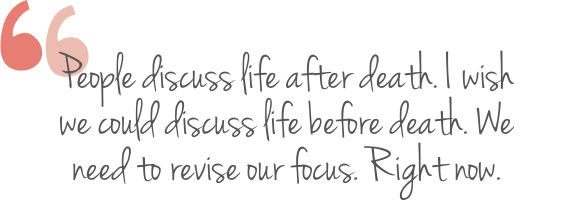
Mindfulness With Dr Shefali Batra
Mindfulness is a way of living. And so, Dr Shefali’s goal is to teach you how to live. If you are battling emotional trauma, this process may occasionally incorporate; but offers more than the customary medical consultation, medication and supportive therapy. It involves listening but there is always a meaningful and structured direction on how your life can change for the better. As a psychiatrist as well as psychotherapist practicing diverse therapies, Dr Shefali guides you through mindfulness based and neurobehavioral milestones to help you think, feel and behave differently.
We work with a preventative as well as therapeutic approach. You don’t have to be agonizing a deep depression or appalling anxiety in order to make use of tenets of mindfulness. In fact, in extreme emotional states, it’s not even easy to absorb that learning. In the preventive approach you are empowered with understanding ways to practically apply mindfulness in everyday life to prevent extreme emotional disturbance. The therapeutic approach initially offers support and encouragement, with or without medical intervention and subsequently empowers you to manage life stressors better.
How you feel, can make or break you. Let’s do something about it. Choose mindfulness. Because without it, well, everything is mindless.


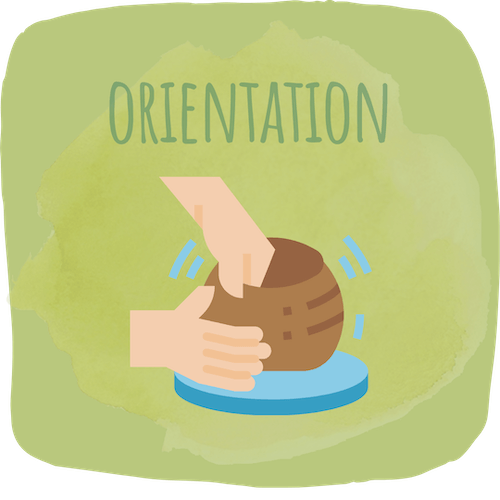

References
- Keng, S. L., Smoski, M. J., & Robins, C. J. (2011). Effects of mindfulness on psychological health: a review of empirical studies. Clinical psychology review, 31(6), 1041–1056.
- Allen, N. B., Blashki, G., Gullone, E., (2006). Mindfulness-based psychotherapies: A review of conceptual foundations, empirical evidence and practical considerations. Australian and New Zealand Journal of Psychiatry; 40:285–294
- Anderson, N. D., Lau, M. A., Segal, Z. V., Bishop, S. R., (2007). Mindfulness-based stress reduction and attentional control. Clinical Psychology and Psychotherapy; 14:449–468.
Latest Posts
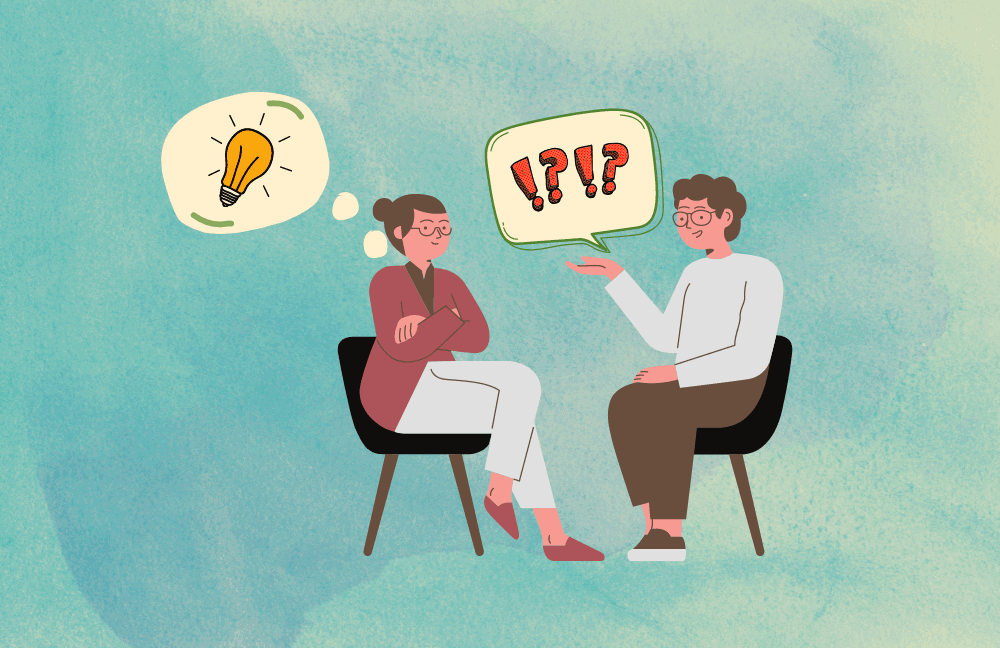
7 Reasons Why You Should Seek Therapy
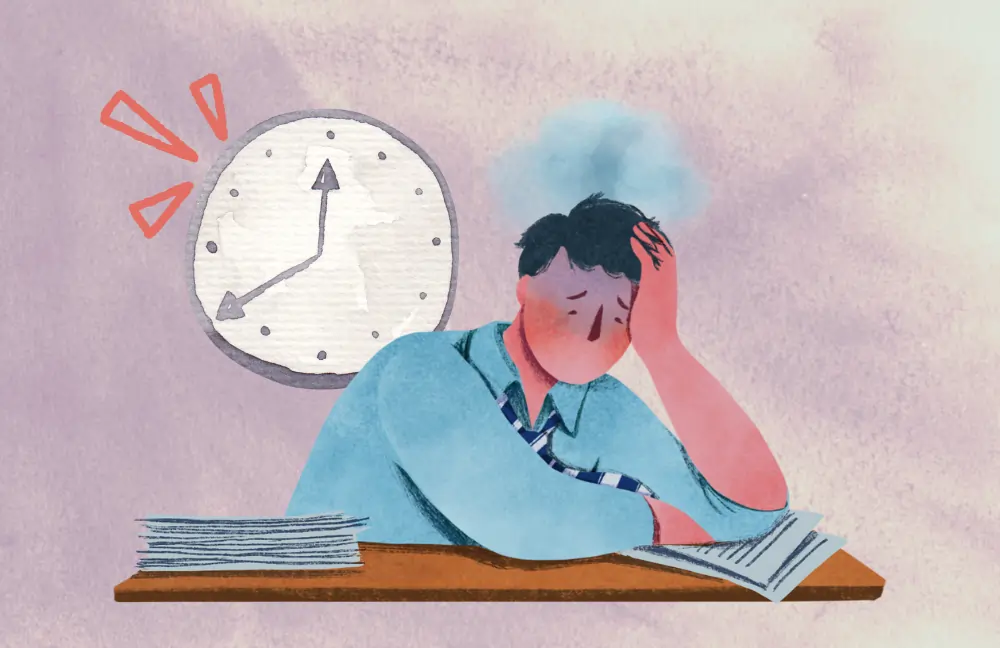
5 Time Wasters You Need to Overcome
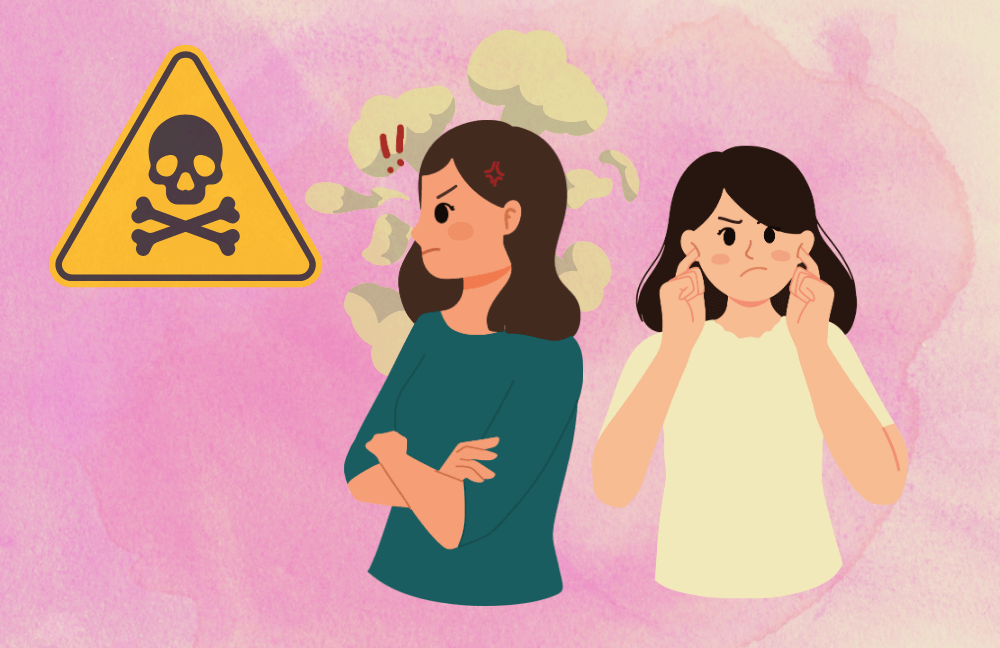
5 Ways To Deal With A Toxic Coworker

Journey: Why Is It Something No-one Talks About?


